Responses
A response is the message an endpoint sends to a client when the URL matches.
- An endpoint can support multiple responses, but only one can be active at a time.
- A response can take the form of JSON, HTML, or any text-based content, or even files (binaries)!
- You have the flexibility to add or remove HTTP headers to format the response as needed.
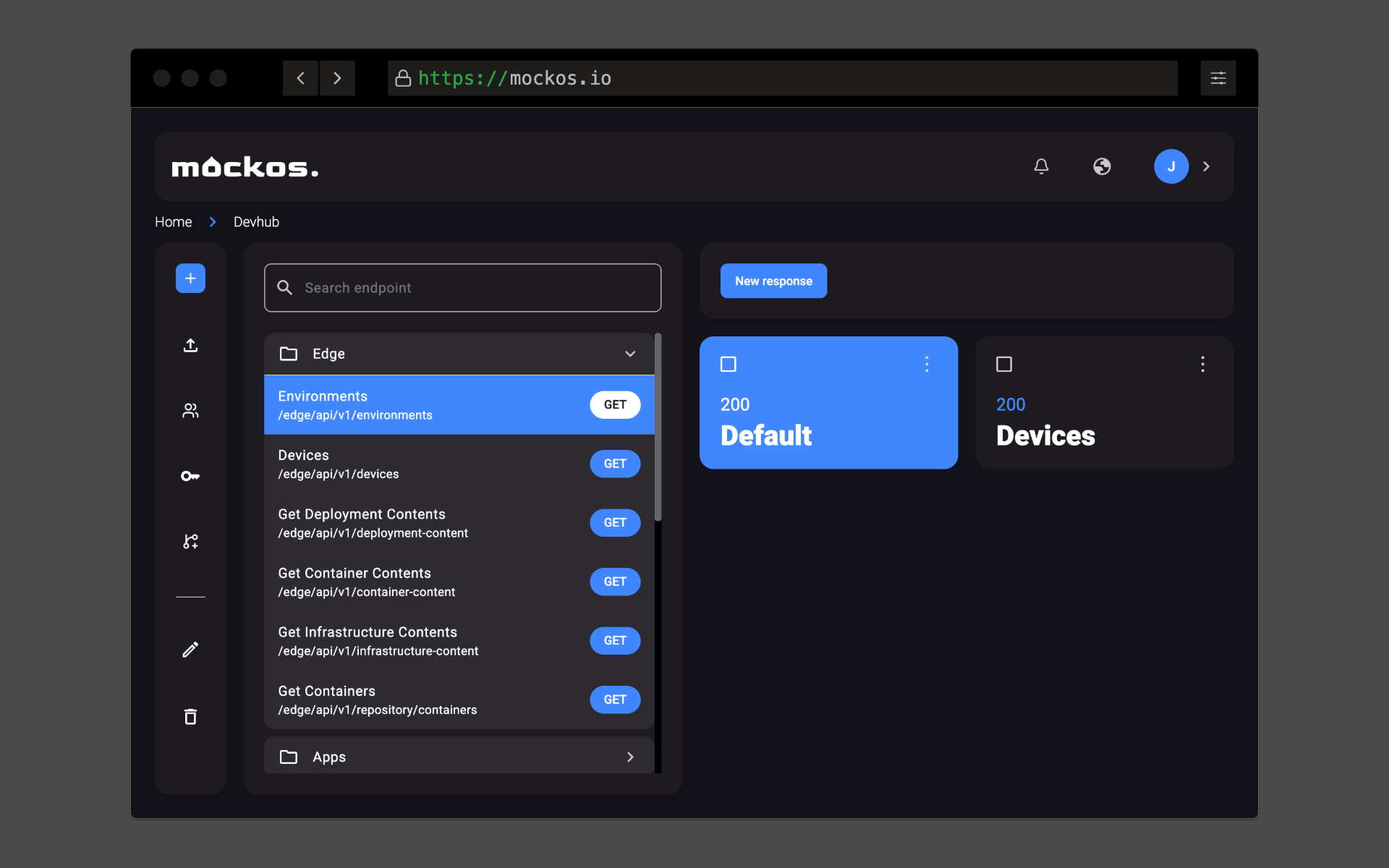
Create a Response
Creating a response is a straightforward process:
- Simply click the plus button next to "Responses".
- Choose a unique name for your response, specific to the endpoint or route.
- Specify a status code for your response.
- Populate the body with JSON/Text or a file using the "File" tab.
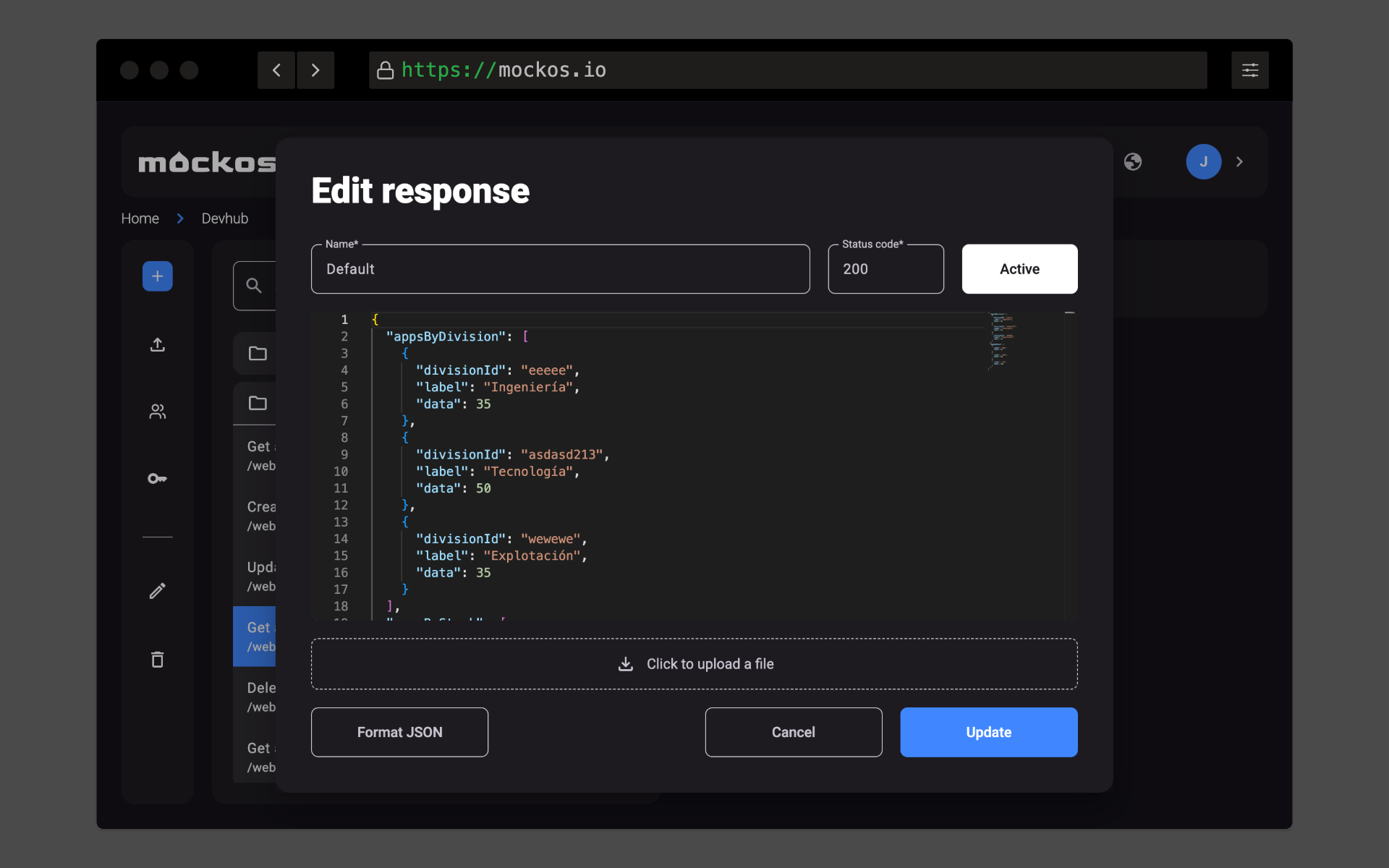
Quick Actions
A response card offers quick actions that can be executed without opening its modal.
- Activate: This action will enable the selected response and disable the current one (only available for disabled responses).
- Duplicate response: Create an exact copy with the same body, status code, and headers.
- Open the headers modal: Modify headers specifically for that response.
- Live Mock: Open custom code editor and create fully dynamic responses JS.
- Delete response: Keep in mind that this action is irreversible.
Enabled Response
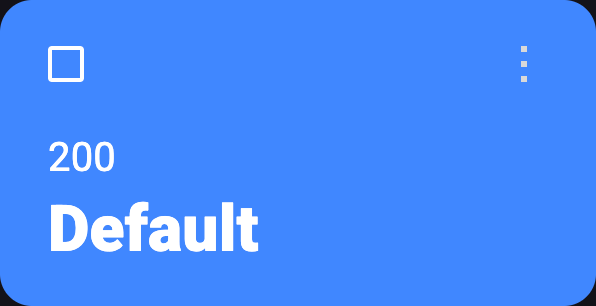
Disabled Response
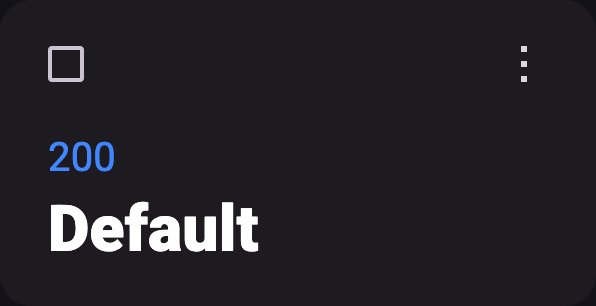
Custom Headers in a Response
By default, every response includes some basic headers, but you can add new ones or even override the default ones! To access this modal, simply click the "<>" icon in a response card.
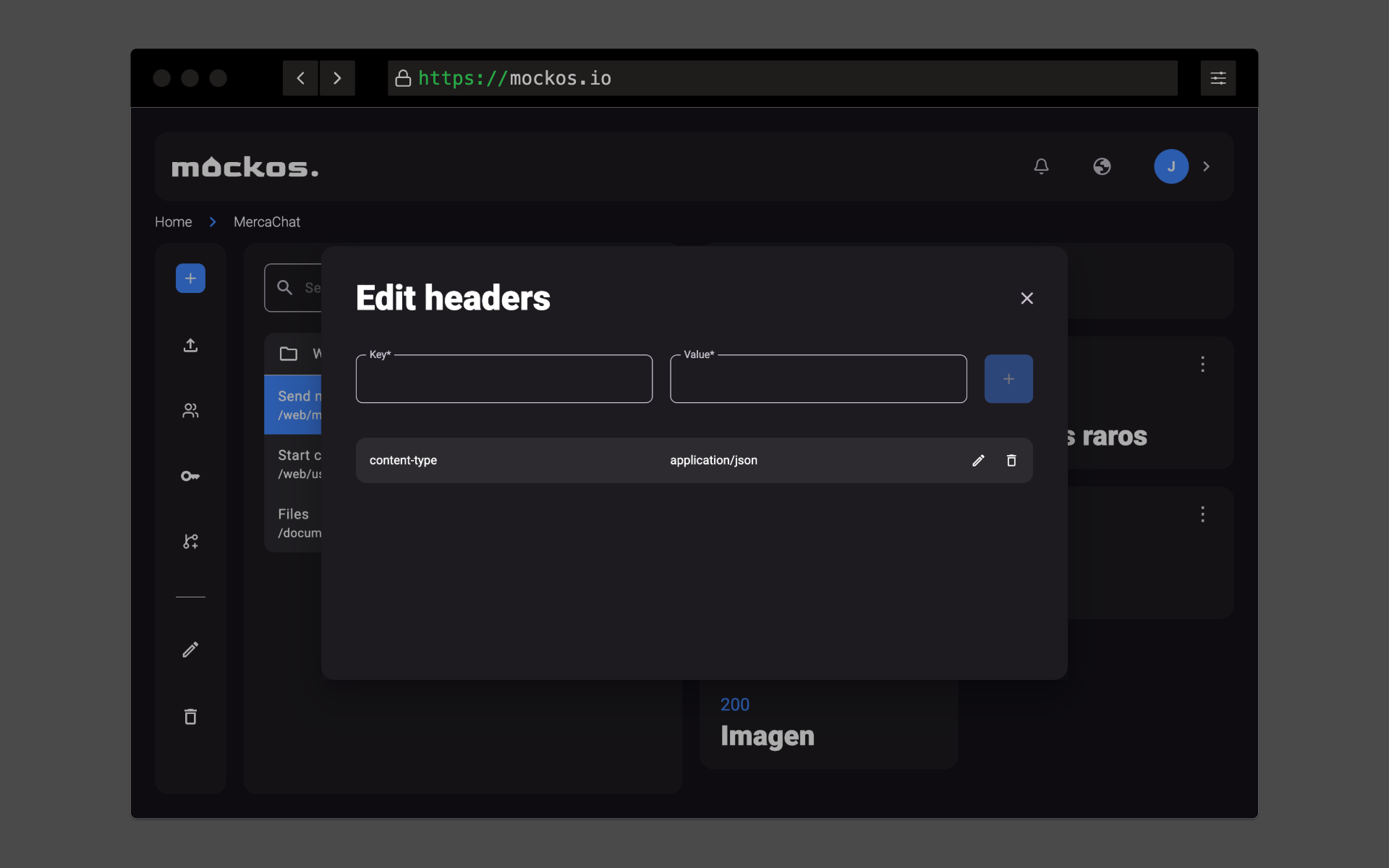
"Content-Type" Header
The Content-Type header defines the response body format and the appearance/language of the editor in Mockos.
Defaults
If these headers are not overridden by custom headers, they default to the following values:
- If "Text" tab is selected ->
application/json - If "File" tab is selected ->
application/octet-stream